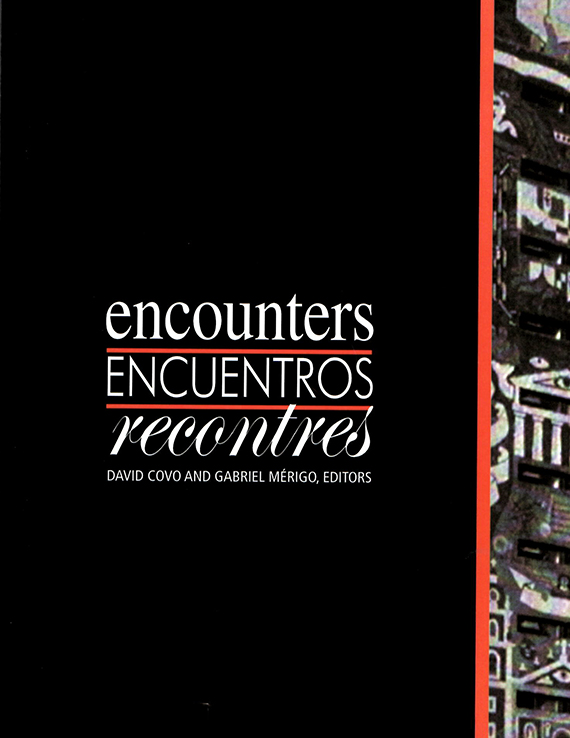Author(s): Sabir Khan
This paper proceeds from the premise that, in a world where cultural flows are no longer one-way, whether north-to-south or high-to-low, there is much architecture can learn from other cultural producers who do not have this difficulty engaging and appropriating the local or the popular. The recent boom in global art biennials, many either located in or focusing on art from the periphery, provides examples of how both art institutions and artists maneuver and negotiate shifting disciplinary, geographic, and cultural borders. Mexico has been a particular beneficiary of this curatorial and critical expansion. While a series of big exhibitions over the last few years, curated by museums outside Mexico, have had the combined effect of choreographing Mexico’s recent ‘re-entry’ into the global art circuit, a sophisticated local artistic and critical community has negotiated the complications and dividends of this metropolitan largesse by valorizing the local and the popular. This paper focuses on one of these shows, Axis Mexico, curated by the San Diego Museum of Fine Arts. It looks carefully at both the work included and its curatorial framing. It explores the capacity of certain Mexican artists to engage the local and the metropolitan. It questions singular notions of dissemination, production, and reception. And it traces the way in which notions of the local, the global, and the national operate between third world contexts and first world institutions. In doing so the paper identifies certain notions, both theoretical and procedural, that might be brought to bear upon other north/south encounters between cultural producers, whether artists or architects.
Volume Editors
David Covo & Gabriel Mérigo Basurto
ISBN
0-935502-57-2

 Study Architecture
Study Architecture  ProPEL
ProPEL 
